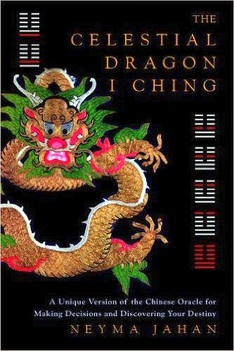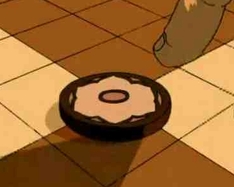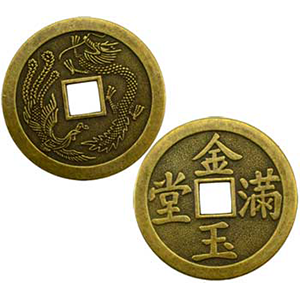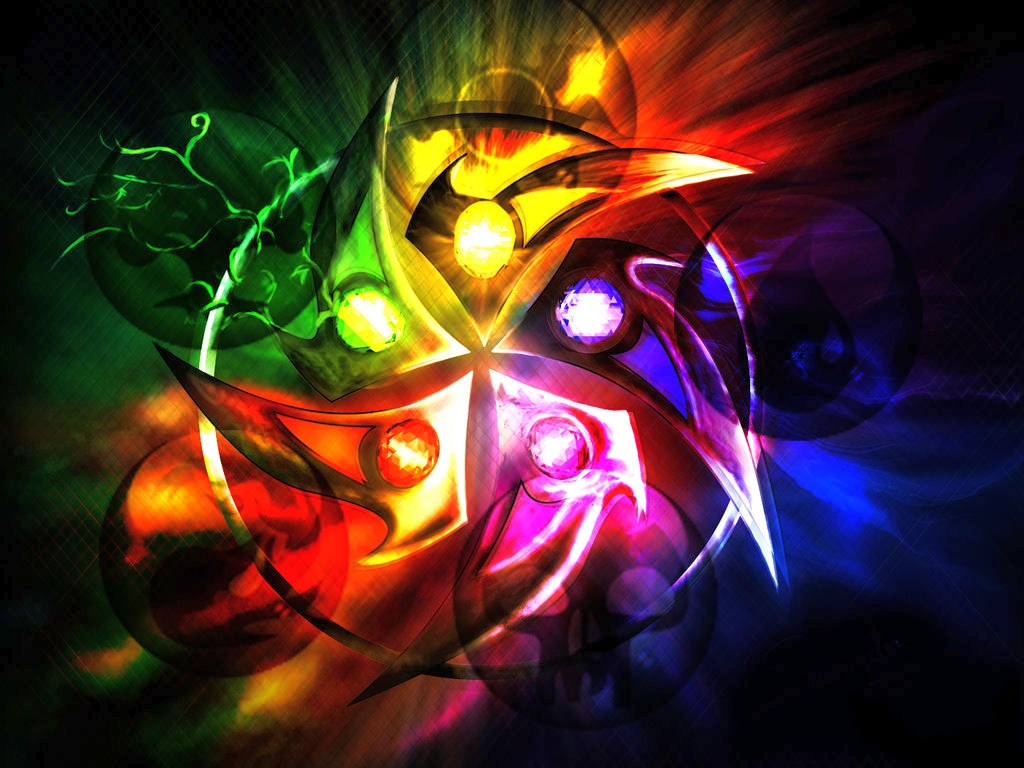Scenes from 'The Phoenix King'Images credit - Avatar: The Last Airbender - Nickelodeon
0 Comments
The Firebending Masters Images credit - Avatar: The Last Airbender - Nickelodeon
Scenes from 'Sokka's Master'Images credit - Avatar: The Last Airbender - Nickelodeon
Scenes from the Warriors of Kyoshi
Scenes from The Southern Air Temple'We can't concern ourselves with what was. We must act on what is.' |
| 'Avatar: The Last Airbender' presents ideas and attitudes which are in harmony with a Taoist way of life. Following is an introduction to the Tao, with a link to the original article and site with resources. |
Taoism 101: Introduction to the Tao |
| by Casey, Personal Tao [1] What is Taoism? To many people, a confusing aspect of Taoism is its very definition. Many religions will happily teach a Philosophy/Dogma which in reflection defines a person. Taoism flips this around. It starts by teaching a truth; “The Tao” is indefinable. It then follows up by teaching that each person can discover the Tao in their own terms. A teaching like this can be very hard to grasp when most people desire very concrete definitions in their own life. ... The path of understanding Taoism is simply accepting yourself. Live life and discover who you are. Your nature is ever changing and is always the same. Don’t try to resolve the various contradictions in life, instead learn acceptance of your nature. Taoism teaches a person to flow with life. Over the years Taoism has become many things to many people. Hundreds of variations in Taoist practice exist. Some of these practices are philosophical in nature, others are religious. Taoism makes no distinction in applying labels to its own nature. This is important since as a person, we are each a blend of many truths. The truth taught in Taoism is to embrace life in actions that support you as a person. Taoism teaches a person to live to their heart. Here are some simple starting tips to help a person live as a Taoist. Having a set of basic guidelines can be helpful. However realistically, guidelines don’t determine how to live; Instead Taoism teaches by living you will express your nature. My personal guidelines are the following:
Discover a set of practices to aid keeping the mind, body and spirit engaged and strong. Remember practices should support your essence with the activities fitting the needs of the moment. Which means this is a shifting balance of activities relative to your needs. For example I practice martial arts to keep my body strong, yoga to make my body subtle, meditation to clear my mind, bike around simply to fly and lift my spirit. Poetry as a lens of examination. All these and more are my shifting practices to support my essence and in doing each, each helps me learn more about myself and the world. Take time, relax and just explore and poke around. Taoism has no plans. Taoism is based upon following your gut feelings and trusting your instincts. It’s within the pause of a breath… that each step of living becomes visible for your larger life to improve and follow upon. Smile, when needing to pick a possible next step. To smile is to open possibilities. Breathe when needing a break. Since to breathe is to be at one with yourself. Alternate the two and your path will become free and clear for an entire lifetime of wonder to explore. This may sound simple, but you would be surprised how many people cannot embrace this most basic aspect of Taoist practice! People think it cannot be that simple! Taoism truly is this simple. If you follow and practice step four, not only is that all one needs to fully embrace Taoism, but also anything becomes possible within this simple practice. However, most people need time letting go of expectations. So it’s also ok to dig deeper into Taoism. Taoism has many, many levels of teachings on purpose to help people from all perspectives move smoothly in life. I can summarize Taoism as simply as
If you embrace these three ideas, everything else follows in Taoism. Some people do start here. Others take a longer more colorful path. That’s fine also, since you get to experience more color in your life. No wrong path exists at the end, since it’s about experiencing life. [1] Personal Tao |
| In Season one of Avatar, Katara and Sokka (a brother and sister from the Southern Water Tribe) discover the Avatar (a 12 year old Airbender boy named Aang) frozen in an iceberg. Together the three begin their journey to the North Pole to find a master Waterbender so Aang can begin his Avatar training. - Amazon Video ... Scenes from 'Avatar: The Last Airbender' are captioned with actual lines and my interpretations. |
Avatar Aang to Katara,
'If you want to be a bender, you have to let go of fear.'
The system of five elements are found in Vedas, especially Ayurveda, the pancha mahabhuta, or "five great elements", of Hinduism are bhumi (earth), ap or jala (water), tejas or agni (fire), marut, vayu or pavan (air or wind) and vyom or shunya (space or zero) or akash (aether or void). - Wikipedia
Duality -2
There is duality inherent to each of the five elements mentioned above. Each element has benevolent, life-giving, nurturing forms, and also destructive forms.
For instance:
Water in the form of rain gives life. As flood and storm it takes life.
Fire is life-giving when harnessed. When out of control it’s the very symbol of destruction.
Earth gives rise to crops and trees. It also quakes and swallows.
We breathe air to live. In the shape of a tornado, it sweeps away everything in its path.
Emptiness in the form of loneliness and depression could be debilitating. Whereas in the form of Nirvana it is the highest spiritual state one can reach.
- Sharath Komarraju
Classical elements typically refer to the pre-scientific concepts in Ancient Greece, of earth, water, air, fire, and aether, which were proposed to explain the nature and complexity of all matter in terms of simpler substances. Ancient cultures in Egypt, Babylonia, Japan, Tibet, and India had similar lists, sometimes referring in local languages to "air" as "wind" and the fifth element as "void". The Chinese Wu Xing system lists Wood (木 mù), Fire (火 huǒ), Earth (土 tǔ), Metal (金 jīn), and Water (水 shuǐ), though these are described more as energies or transitions than as types of material. - Wikipedia
Archives
November 2023
October 2023
September 2023
August 2023
July 2023
June 2023
May 2023
April 2023
March 2023
February 2023
January 2023
December 2022
November 2022
October 2022
September 2022
August 2022
July 2022
June 2022
May 2022
April 2022
March 2022
February 2022
January 2022
December 2021
November 2021
October 2021
September 2021
August 2021
July 2021
June 2021
May 2021
April 2021
March 2021
February 2021
January 2021
December 2020
November 2020
October 2020
September 2020
August 2020
July 2020
June 2020
May 2020
April 2020
March 2020
February 2020
January 2020
December 2019
November 2019
October 2019
September 2019
August 2019
June 2019
May 2019
April 2019
March 2019
February 2019
January 2019
December 2018
November 2018
October 2018
September 2018
August 2018
July 2018
June 2018
May 2018
April 2018
March 2018
February 2018
January 2018
December 2017
November 2017
October 2017
September 2017
August 2017
July 2017
June 2017
May 2017
April 2017
March 2017
February 2017
January 2017
December 2016
November 2016
October 2016
September 2016
August 2016
July 2016
June 2016
May 2016
April 2016




 RSS Feed
RSS Feed
